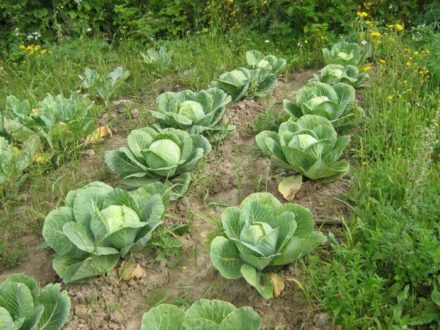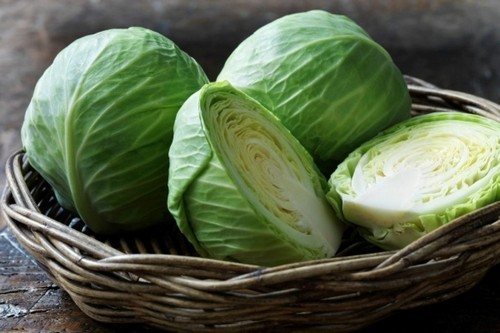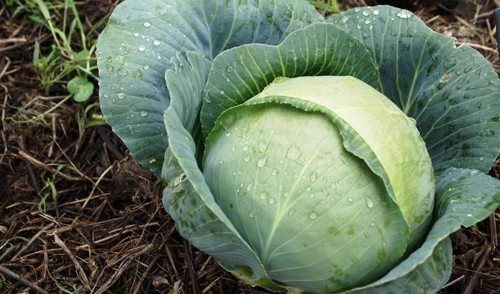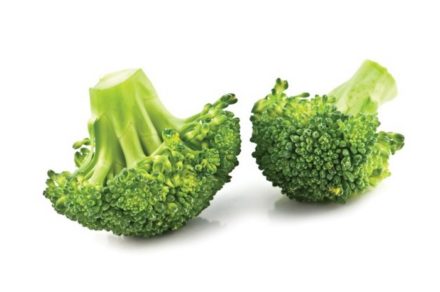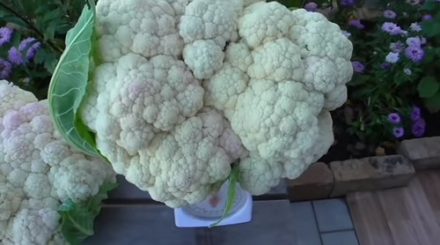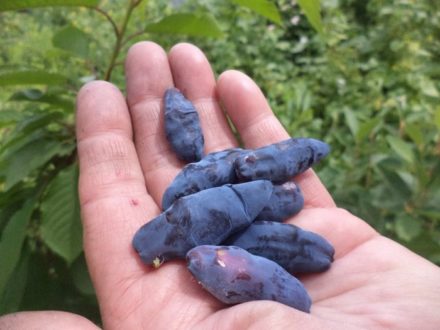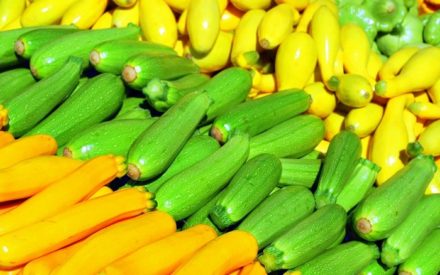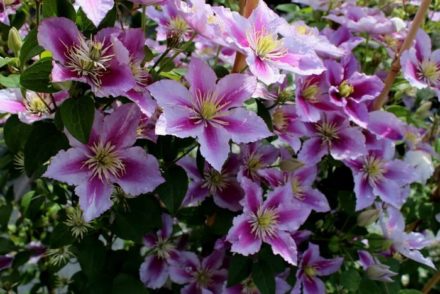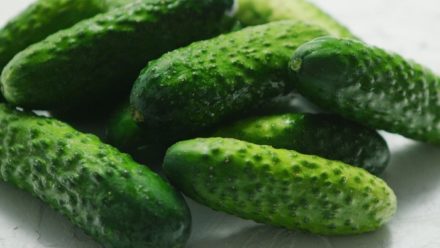Vegetable growers who cultivate cauliflower note one drawback of the crop - a short shelf life. The remaining characteristics of the variety are positive. Special attention is attracted to early ripening varieties, which ripen 80–95 days from the day the seeds hatch. In this case, two crops are harvested per summer. Gardeners have fallen in love with individual varieties and hybrids and plant them in their summer cottages every year.
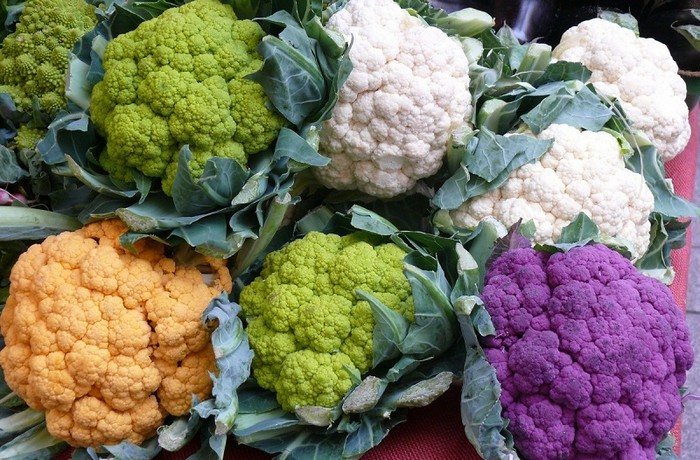
Vinson F1
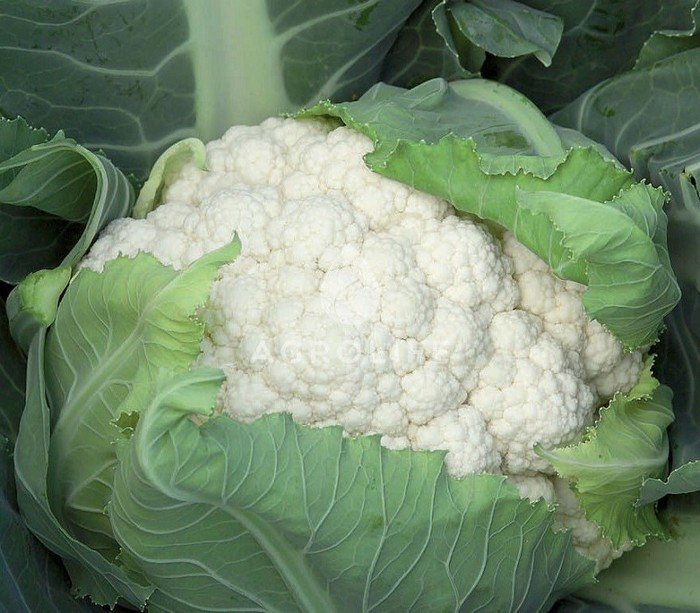
The hybrid is grown in every region of Russia, in greenhouses and open ground. The heads are round and dense, with a granular surface. The color of the heads of cabbage is pure white. Weight - 1.5–1.8 kg. In rare cases - 3 kg. Productivity - 5.8 kg/m2.
Advantages:
- increased productivity;
- the pulp is tender and pleasant to the taste;
- portability of transportation;
- simultaneous maturation;
- resistance to harmful insects and fungi;
- preservation of properties and qualities after defrosting of fruits;
- weather resistance.
The taste of cabbage will improve refreshing salads, delicious boiled and canned dishes.
Cheddar F1
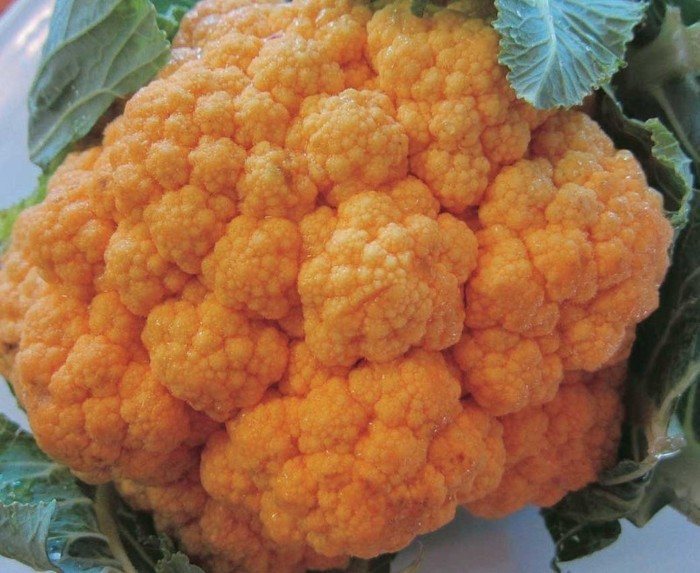
The hybrid attracts attention with an orange head, which indicates an increased content of beta-carotene. The head is flat-round and dense, the weight varies from 1 to 2 kg. Productivity - up to 3 kg/m2. Pleasant taste and low calorie content. The crop is planted twice - in spring and summer.
Advantages:
- long-term preservation of presentation;
- increased carotene content;
- The prospect of growing is 2 times a year.
Used in cooking for canning and freezing, and for fresh consumption.
Movir 74
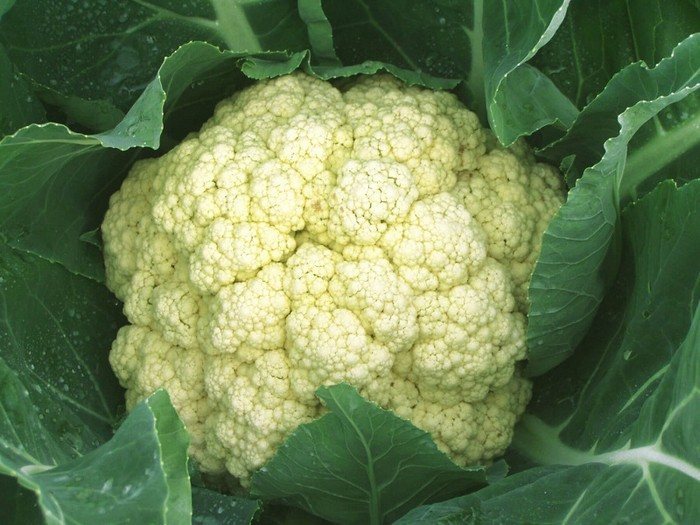
This type of cabbage was developed in 1965 and is becoming more in demand every year. Grown in the Russian Federation.
A small, compact plant with a diameter of up to 75 cm. Bright green leaves reach 60–75 cm. The heads are yellowish, covered with tubercles. Diameter is within 15–25 cm, fruit weight when ripe is 400–1400 g. The taste is delicate and pleasant. Productivity - 6–8 kg/m2.
Advantages:
- excellent tasting fruits;
- cultivation - 2 times a year;
- resistance to frost and hot weather conditions.
Flaws:
- instability to viruses and fungi.
Used for preparing side dishes. Consumed raw.
Goat-dereza
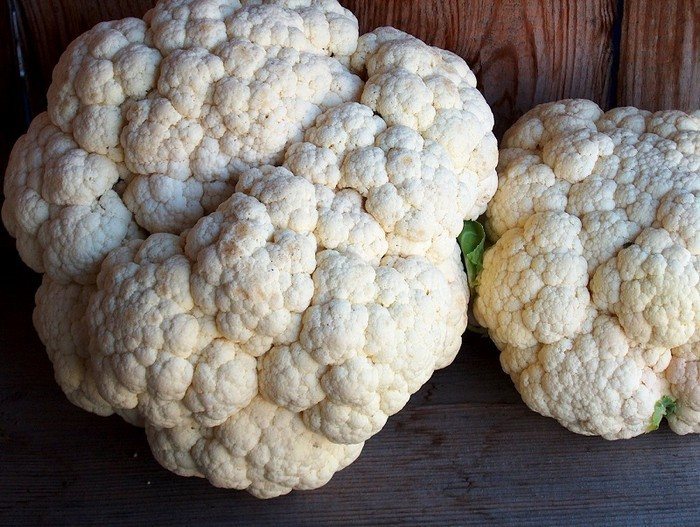
This ultra-early variety of cauliflower is cultivated everywhere. And the wolf goat grows in open ground, as well as in greenhouses and greenhouses. The heads of cabbage are compact, white, round, with tuberosity. The weight of one specimen is up to 800 g. The average yield is 3.2 kg/m2. The leaves are green, with a gray waxy coating.
Advantages:
- co-maturation;
- delicious-tasting fruits;
- energetic head modeling;
- attractive appearance.
The variety is suitable for consumption raw, canning and freezing.
Snowball

Gardeners consider the variety unrivaled for its increased productivity, snow-white dense rounded forks, delicate and moderately sweet in taste.
Slightly flattened heads of cabbage grow up to 650–850 g. Sometimes giants weighing up to 1200 g appear. Compact heads settle tightly together.Therefore, the yield reaches 3.2 kg/m2.
Advantages:
- resistance to diseases and adverse weather conditions;
- synchronous maturation;
- ease of care;
- closed (under film) and open ground.
Flaws:
- small forks.
Curly cabbage Snow Globe is suitable for salads, soups, cutlets, casseroles.
White perfection F1
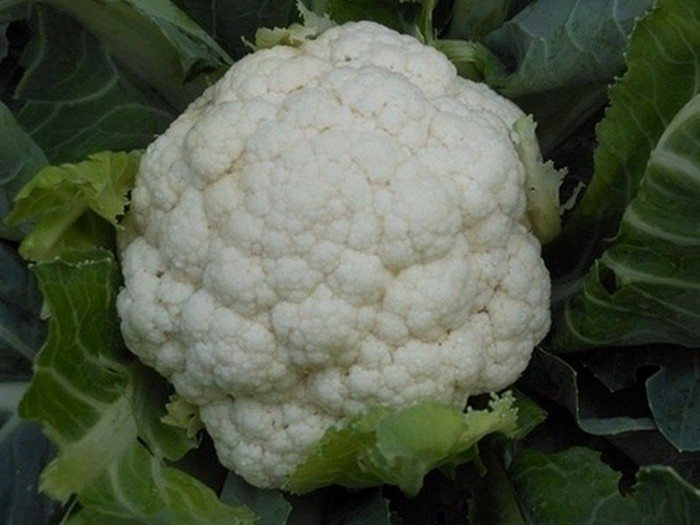
Super early variety of cauliflower. The forks are dome-shaped, rounded and lumpy, with white flesh. Covered on all sides with leaves. Because of this, the head of cauliflower is clean. Fork weight - up to 900 g. Variety yield - 6 kg/m2.
Advantages:
- disease resistance;
- resistance to crumbling;
- Fruiting twice per season;
- external attractiveness;
- taste characteristics.
Flaws:
- sensitivity to weather conditions;
- pickiness about watering.
Due to its sensitivity to weather, a greenhouse is often chosen to grow this variety.
Gardeners fell in love with these varieties of early cauliflower for their stable yield, ease of care, 2-time fruiting, disease resistance, visual attractiveness and delicate taste.


